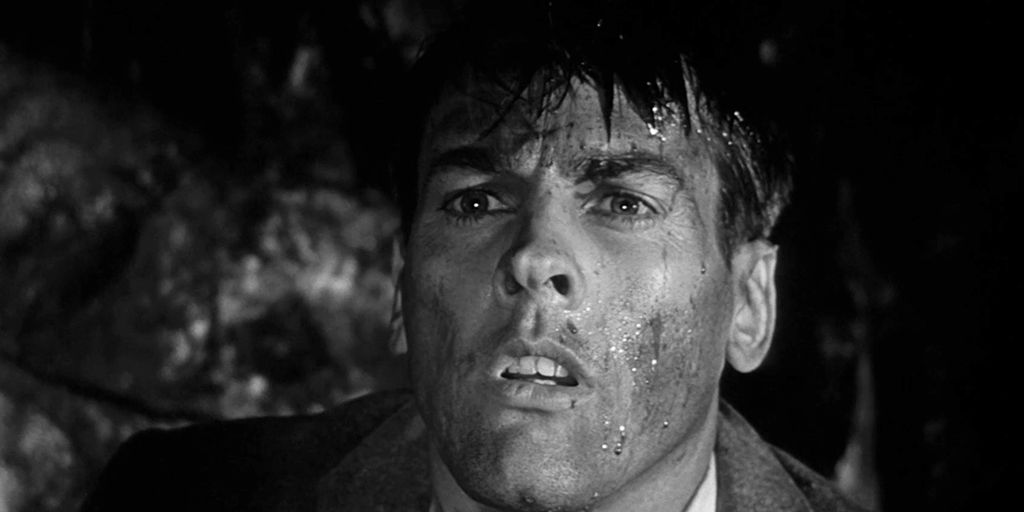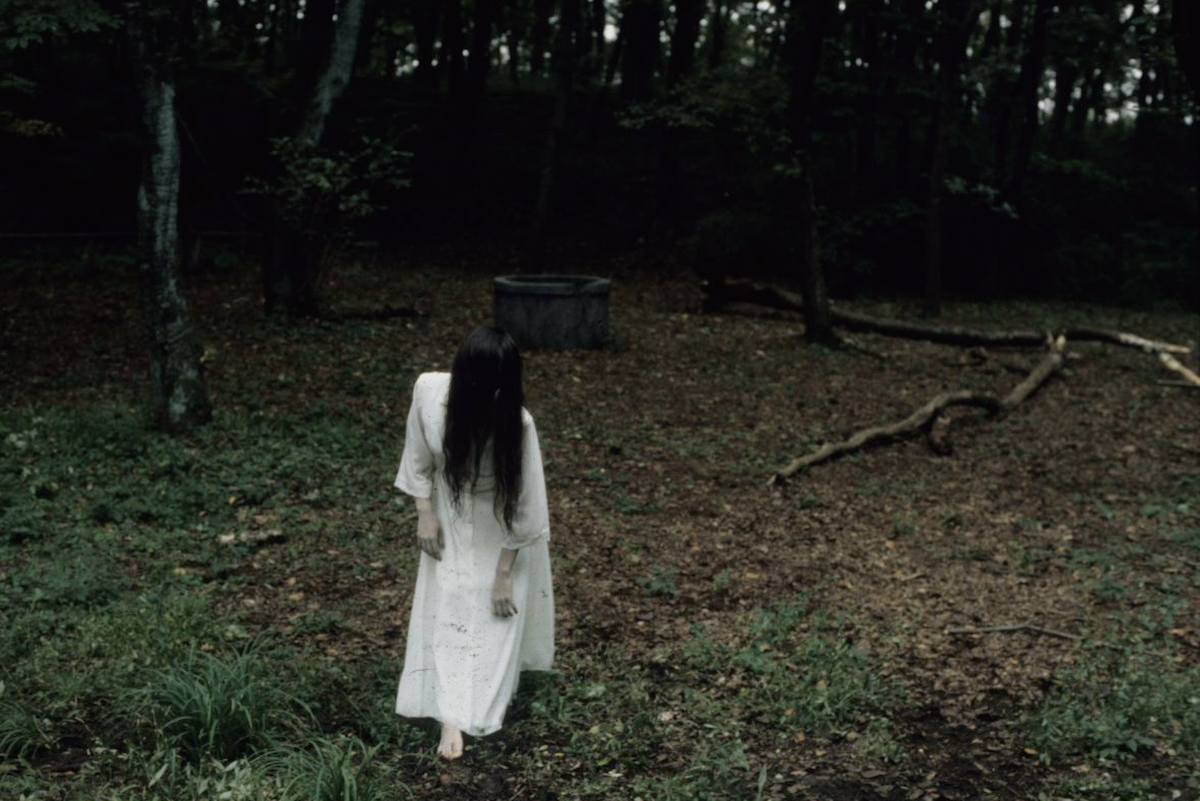In the vast, shadowy realm of horror cinema, we often anticipate a resolution, a light at the end of the tunnel, or at least the vanquishing of the monster. But what happens when the very notion of victory is stripped away, leaving characters—and audiences—to grapple with the chilling reality that some battles simply cannot be won?
This distinct subgenre of horror movies dares to defy conventional narrative arcs, plunging us into stories where triumph is an illusion, survival is fleeting, or the true horror lies in an inescapable, pervasive dread. These are the films that linger long after the credits roll, unsettling our peace of mind not with cheap jump scares, but with the profound realization that sometimes, the monster isn’t just defeated; it simply changes form, persists, or consumes everything in its path.
Join us as we embark on a journey through some of the most masterful examples of this bleak cinematic vision. These are the movies that challenge our expectations, providing an in-depth analysis of why their ‘nobody wins’ approach makes them truly unforgettable entries in the horror canon, forever altering the landscape of fear.

1. **Invasion of the Body Snatchers (1956)**Don Siegel’s 1956 masterpiece, *Invasion of the Body Snatchers*, stands as a monumental achievement in horror cinema, earning a 97% Critics Consensus for being “one of the best political allegories of the 1950s” and “an efficient, chilling blend of sci-fi and horror.” This film brilliantly captures a pervasive sense of dread, where the enemy is not a visible monster but an insidious, replicating force that gradually erodes individuality.
The synopsis tells us that “In Santa Mira, California, Dr. Miles Bennell (Kevin McCarthy) is baffled when all his patients come to him with the” strange complaint that their loved ones are not themselves. This initial confusion quickly spirals into a terrifying revelation: alien duplicates, known as ‘pod people,’ are systematically replacing the human population. The horror here is existential; it’s not just about physical danger, but the loss of what makes one human—emotions, memories, and identity.
What makes *Invasion of the Body Snatchers* a quintessential ‘nobody wins’ film is its relentless portrayal of an overwhelming, unstoppable threat. Dr. Bennell’s desperate attempts to warn others and fight back are met with disbelief and ultimately, a chilling sense of futility. The film’s pervasive atmosphere of paranoia and its stark ending leave the audience with little hope, suggesting that the invasion is not merely contained but rather an ongoing, potentially victorious, takeover by the alien force, highlighting humanity’s utter vulnerability.

2. **Night of the Living Dead (1968)**George A. Romero’s seminal 1968 film, *Night of the Living Dead*, is a groundbreaking horror classic lauded for its profound impact. The Critics Consensus hails it as setting “the template for the zombie film” with “tight editing, realistic gore, and a sly political undercurrent.” This film wasn’t just about shuffling undead; it was a stark, unflinching look at human nature under extreme duress, where the greatest threats often come from within.
The synopsis reveals the grim premise: “A ragtag group of Pennsylvanians barricade themselves in an old farmhouse to remain safe from a horde of flesh-eating ghouls.” This simple setup quickly descends into a chaotic nightmare, as the survivors’ efforts to protect themselves are undermined by infighting, mistrust, and poor decision-making. The confined setting amplifies the tension, turning their sanctuary into a powder keg of fear and desperation, where the very act of survival seems to be its own punishment.
*Night of the Living Dead* perfectly embodies the ‘nobody wins’ ethos through its relentless progression toward a devastating conclusion. Despite surviving the night’s horrors, the film’s protagonist, Ben, meets a shocking and ironic end at the hands of human rescuers, mistaking him for one of the ghouls. This brutal finality, coupled with the ongoing zombie apocalypse, underscores a profound nihilism. There’s no grand victory, no dawn of a new era—just a chilling confirmation that in this world, even when you overcome one horror, another, often more human, looms, ensuring that no one truly emerges unscathed.

3. **Rosemary’s Baby (1968)**Roman Polanski’s *Rosemary’s Baby*, released in 1968, is a masterclass in psychological horror, earning a 97% Critics Consensus for being “a frightening tale of Satanism and pregnancy that is even more disturbing than it sounds thanks to convincing and committed performances by Mia Farrow and Ruth Gordon.” This film expertly crafts a suffocating atmosphere of paranoia and dread, revolving around a young woman’s gradual realization that she is trapped in a sinister conspiracy.
The synopsis chillingly states: “A young wife comes to believe that her offspring is not of this world.” Waifish Rosemary Woodhouse (Mia Farrow), along with her husband Guy, moves into a new apartment building, only to find herself surrounded by overly friendly, eccentric neighbors. As her pregnancy progresses, a series of unsettling events and strange physical symptoms lead her to suspect that her unborn child, and indeed her very life, is part of a dark, satanic plot orchestrated by those around her.
What makes *Rosemary’s Baby* an iconic ‘nobody wins’ narrative is the absolute psychological and emotional defeat of its protagonist. Despite her frantic attempts to uncover the truth and escape her predicament, Rosemary is systematically gaslighted, isolated, and ultimately forced to confront the horrific reality of her situation. Her final acceptance, though a moment of chilling defiance, is not a victory but a profound surrender to an unimaginable evil. The film leaves her utterly alone, her agency stripped away, cradling a monstrous child, signaling a complete and irreversible loss that transcends conventional horror outcomes.

4. **Repulsion (1965)**Roman Polanski’s 1965 English-language debut, *Repulsion*, garnered a 96% Critics Consensus for its chilling portrayal of a “schizophrenic woman’s descent into madness,” effectively making “the audience feel as claustrophobic as the character.” This film is a deeply unsettling exploration of psychological unraveling, presenting a horror that is entirely internal, with no external monster to fight, only the devastating breakdown of the human mind.
The synopsis introduces us to “beautiful young manicurist Carole (Catherine Deneuve)” who “suffers from androphobia (the pathological fear of interaction with men)” and whose sanity slowly crumbles when her sister leaves her alone in their London apartment. The apartment itself becomes a character, mirroring Carole’s deteriorating mental state as cracks appear in the walls, hands reach out from under doors, and the very structure of reality begins to warp around her. This intimate, claustrophobic setting becomes a terrifying prison of her own making.
*Repulsion* is a powerful testament to the ‘nobody wins’ trope because there is no escape or recovery for its protagonist. Carole’s descent into psychosis is absolute; her mind is the battleground, and she is both the victim and the instrument of her own destruction. The film offers no catharsis, no moment of clarity, or external intervention that could save her. Instead, it concludes with her complete withdrawal into a catatonic state, leaving viewers with the disturbing realization that the most profound horrors are those that consume us from within, rendering any semblance of victory impossible.

5. **The Ring (1998)**Hideo Nakata’s 1998 adaptation, *The Ring*, stands as a chilling modern classic, earning a 98% Critics Consensus for expertly combining “supernatural elements with anxieties about modern technology in a truly frightening and unnerving way.” This film revitalized the supernatural horror genre, introducing a uniquely terrifying premise that relies on psychological dread and an inescapable curse rather than overt violence.
The synopsis outlines the unsettling core of the film: “When her niece is found dead along with three friends after viewing a supposedly cursed videotape, reporter Reiko Asakawa (Nanako) investigates.” This investigation leads her to a horrifying discovery: a videotape that, once watched, dooms the viewer to die a week later unless they make a copy and show it to someone else. This creates a chain of dread, where survival depends not on defeating the evil, but on perpetuating its spread.
*The Ring* embodies the ‘nobody wins’ principle through its ingenious premise that the curse cannot be broken, only transferred. While the protagonist, Reiko, seemingly saves herself and her son, she does so by passing the curse onto others, ensuring its continued existence. This final, chilling act reveals that true victory is unattainable; the malevolent spirit, Samara, and her curse endure, trapped in a horrifying cycle of propagation. The film leaves viewers with a profound sense of unease, realizing that some evils are not vanquished but merely rerouted, leaving a terrifying, endless loop of fear in their wake, ensuring that ultimate freedom from its grasp remains an elusive dream.

6. **The Wailing (2016)**Na Hong-jin’s *The Wailing*, released in 2016, is a South Korean masterpiece that masterfully blurs the lines between supernatural horror, psychological thriller, and folk horror, earning an astounding 99% Critics Consensus. Critics lauded it for delivering “an atmospheric, cleverly constructed mystery whose supernatural thrills more than justify its imposing length.” This film plunges its audience into a rural village plagued by a mysterious illness and a series of brutal murders, suggesting that the true horror lies not just in the unknown, but in the rapid erosion of trust and reason.
The synopsis sets the stage for escalating terror: “Suspicion leads to hysteria when rural villagers link a series of brutal murders to the arrival of a mysterious stranger.” As the local police officer, Jong-goo, investigates the bizarre events and witnesses his own family fall victim to the unexplainable sickness, he becomes desperately entangled in a web of superstition, conflicting theories from shamans and foreigners, and horrifying violence. The film’s sprawling narrative constantly shifts perspectives and introduces new, unsettling elements, creating a sense of utter disorientation for both characters and viewers. The sheer complexity of the evil, whether it’s demonic possession, a vengeful spirit, or a contagious plague, ensures that no easy answers are forthcoming.
*The Wailing* is a prime example of the ‘nobody wins’ horror because its conclusion offers no solace, only profound despair. Jong-goo’s frantic attempts to protect his daughter and understand the supernatural forces at play are met with tragic futility, leading to a final, devastating choice that seals his and his family’s fate. The film leaves the audience with an overwhelming sense of helplessness, illustrating that against truly ancient and malevolent forces, human agency is shockingly limited. The persistent ambiguity surrounding the source of evil and the motivations of its orchestrators ensures that the ‘win’ condition is not merely unmet, but fundamentally unattainable, solidifying its place as a modern horror classic where even the possibility of hope is extinguished.




